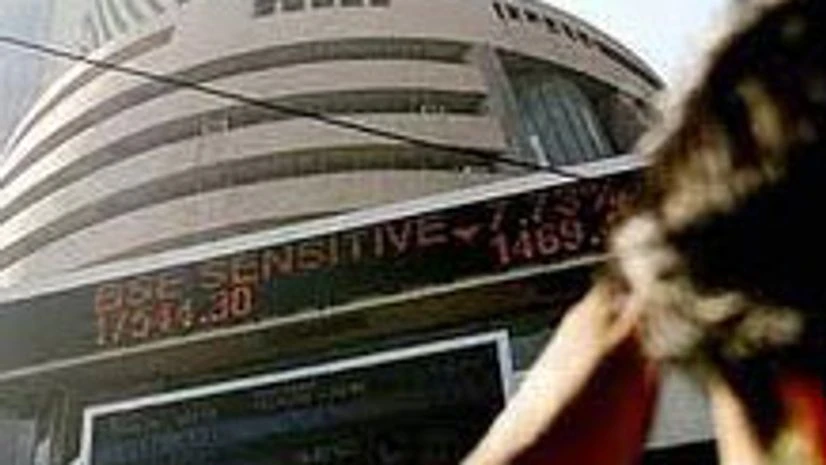A recent study in the Business Standard, http://t.co/dnWdh3sD3a showed that 10 blue chip stocks did not beat inflation over a 20-year period. The study calculated the compounded annualised returns of stocks in the BSE-100 index between December 31, 1993, and December 31, 2013. It compared the stock returns to inflation at wholesale and consumer level for those 20 years.
Before discussing the results, one needs some disclaimers. A fair amount of data-adjustment is necessary to do this comparison. So there are inherent error factors and these are inevitable over such a long time-period.
First, only 46 stocks have been there in the BSE-100 index (which tracks the 100 largest stocks by free-float market cap listed on the BSE) since 1993. Their business focus, revenue streams, management, etc, may have changed along with relevant government policy. Second, multiple consumer price indices (CPI) were in use over this period and all the inflation indices (wholesale and consumer) were rebased and the baskets, weights, etc, changed.
More From This Section
The new entrants to the BSE-100 may have outperformed these older firms by growing very fast. Some of the 54 dropped companies may have been merged. Some have simply done badly and seen the erosion of market cap. Overall, the losses in those 54 businesses may have been high for an investor. But the gains in the newer entrants may also have been high.
Dividend returns have been neglected and this considerably affects returns. The BSE-100 has an average annual dividend yield of nearly 2 per cent and almost every stock in that index is a consistent dividend payer. Compounded over 20 years and reinvested, the dividends would have boosted returns a lot and favoured buy-and-hold strategies.
After taking those disclaimers on board, the results are interesting. Over 1993-2013, wholesale inflation has run at an averaged rate of 6.6 per cent while CPI has run at an averaged rate of 7.6 per cent. Of that population of 46 surviving stocks, 36 offered capital appreciation that beat consumer inflation, and in many cases, beat it handsomely, over that period.
Overall, the index's capital appreciation would have beaten inflation due to the extremely high appreciation from the big gainers in that population of 36 winners. Given the dividend yields, an investor who bought every one of the original 100 stocks and rebalanced portfolio with every index change would probably have made strongly positive returns post-inflation. An index-fund would have offered returns, less the dividend reinvestment, and this would also just about beat inflation.
Index-based investing wasn't possible in 1993. An investor who bought only those 46 survivors in 1993 would have made quite a lot of money. But that would imply fantastic stock-picking skills - any stock picker would have had to avoid buying the other 54 stocks, or get rid of them before the losers dragged returns down too much.
Index investing is possible now. But the BSE-100 would not be a popular index to mirror. Narrower portfolios like the 50-share Nifty, or the 30-share Sensex, or the 50-share Junior Nifty may do better. One of the keys to portfolio creation is the diversification of risk. Buy five stocks with different businesses and you have diversified risks a lot. Buy ten stocks in the same business and you have not diversified risks at all, except for company-specific factors like management and location. A relatively narrow but well-diversified index like the Sensex or Nifty will offer as efficient diversification as the more unwieldy BSE-100.
It's possible that the ratio of roughly one-third of index stocks consistently outperforming inflation over the long term could be a benchmark. If you hold a big diversified portfolio, expect this sort of win:loss ratio. The big payoffs will come from very few stocks. In this case, 15 out of those 36 stocks, or roughly one in seven of the original 100, offered double-digit CAGR after inflation.
Those ratios may be important. The stock picker has roughly one-in-three chances of picking a stock that returns better than inflation. He has roughly one in seven chances of picking a big winner. The passive investor who buys an entire index is playing better odds.
The passive index-based returns would certainly beat the returns given in the study for another reason. In practice, every index investor uses some sort of systematic investment plan and pays averaged acquisition prices. Given stock market volatility, systematic averaging usually produces higher returns than a single-point buy and hold.

)
